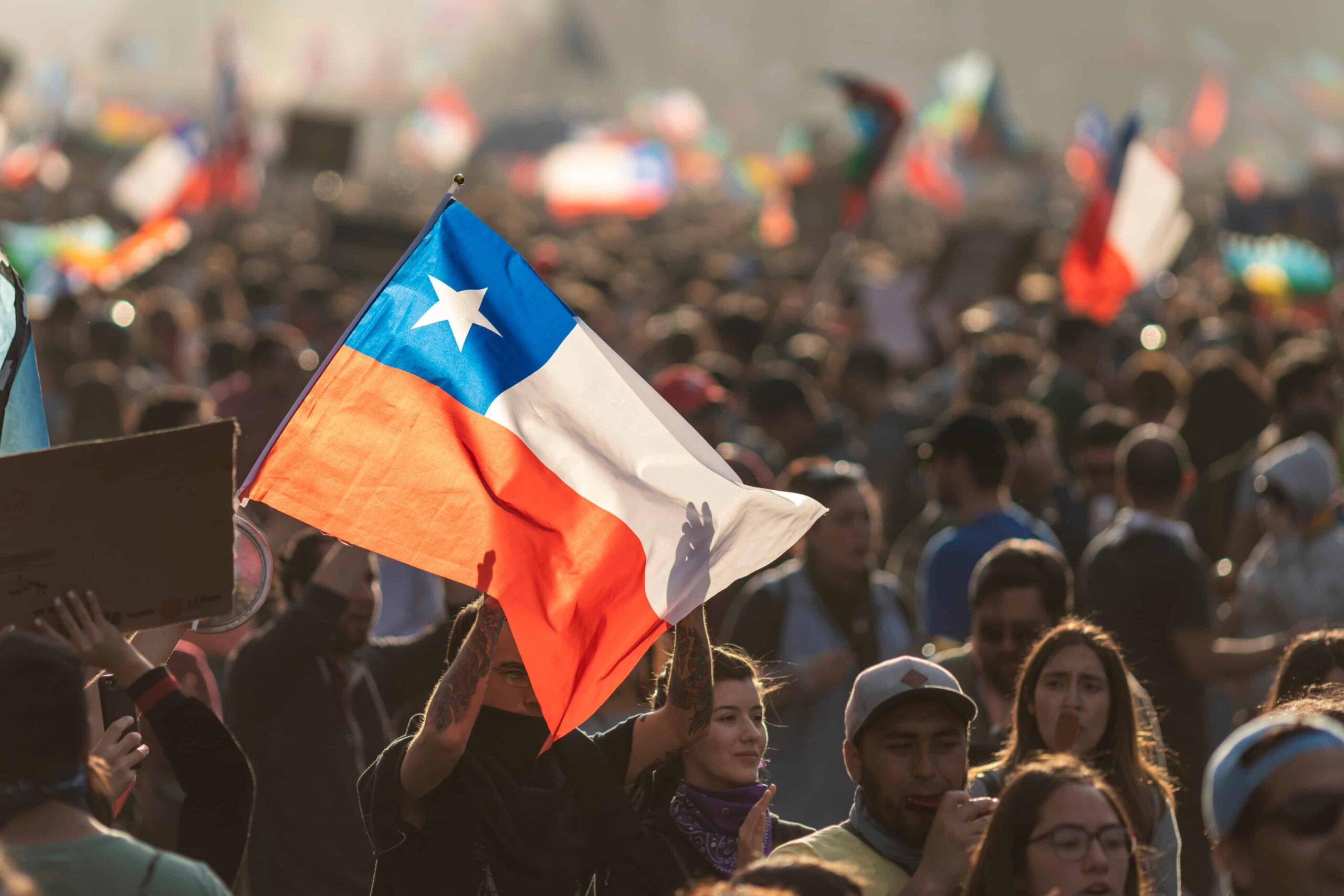
Canna Beginners: How To Legally Use Cannabis In Chile
Chile, the country not to be confused with chili (the food), is the longest north-south oriented country in the world, spanning 39 degrees of latitude, giving it many climatic conditions for growing cannabis and the traditional drug of choice offers , coca leaf. While Chile legalized medicinal cannabis before any other country in Latin America and has the highest rate of cannabis use on the continent, the country has failed to finalize plans to decriminalize non-medical cannabis.
Can you bring cannabis to Chile?
Before we delve into Chilean cannabis laws, let’s talk briefly about whether you can bring cannabis into Chile. Although it is technically legal to import cannabis into Chile for medicinal purposes, this exemption is actually intended for Chilean citizens importing their medicinal cannabis. Taking cannabis on a plane is no exception. While Chile’s anti-drug law is currently being updated and the deadline for updates is November 23, there is no expectation that importing cannabis into Chile for personal use from other countries will become legal.
Long history of hemp and cannabis in Chile
Cannabis was not native to the “New World,” and the Native Americans had no idea what hemp was until colonists and conquistadors brought it with them, originally to be grown for fiber used in making rope and sails (important for repairing damage to their ships). may have suffered on the Atlantic crossing). According to the book Marihuana: The First Twelve Thousand Years, “As early as 1545 hemp seeds were being sown in the Quillota Valley, near the city of Santiago in Chile.” Army stationed in Chile processed. The remaining fibers were used to replace worn rigging on ships that docked in Santiago. Eventually there was enough surplus to ship hemp fiber as far away as Lima, Peru, which was vital for the colonists there, as attempts to grow hemp in Peru and Colombia failed.
It may be thanks to this long history of hemp cultivation and use that Chile has “the highest marijuana use in Latin America”: 14.5% of residents reported having used cannabis in the past year (compared to 18% in the United States). states). ).
Hemp cultivation in Chile.
Limited Medical Cannabis Program
Chile was the first South American country to have a medicinal cannabis program. In 2014, the Daya Foundation received approval for a trial cultivation of 850 plants to produce medicines for 200 patients. The following year, Daya was able to expand its cultivation to almost 7,000 plants with the goal of producing medicines for 4,000 patients. With these additional plants, Daya’s cultivation is now the largest medicinal cannabis cultivation in all of Latin America and is overseen by over a dozen full-time growers. You expect to harvest over 2,000 kilos of buds, about a third of a kilo per plant (nearly a pound).
Now Chilean medicinal cannabis patients have alternatives to the medicines manufactured by Daya in the country and can pick them up at two pharmacies in Santiago. The pharmacies sell two Canadian-made products by Tilray, which are distributed to Chile through a partnership with Chilean Alef Biotechnology. Patients can also grow their own plants, but these must only be used for the patient’s personal use.
Decriminalization pending
Shortly after Daya received the green light to begin the largest medical cannabis cultivation site in South America, the lower house of Chile’s Congress voted to pass a bill decriminalizing cannabis for personal use. Before the bill went into effect, it had to be approved by a health committee and then went to the Senate for a vote, but has stalled. Despite the lack of clarity as to whether or not decriminalization has been approved (some websites suggest it, others not), medicinal use of cannabis in the private sphere is legal and there seems to be an attitude where private use is discreet done will not entail any legal problems.
A new constitution, new opportunities for legalization?
After massive nationwide protests that rocked Chile in 2019 and 2020, Chileans voted for a new constitutional convention. The aim of this convention would be the adoption of a new constitution to replace the one created in 1980, a holdover from Pinochet’s dictatorship. Activists and observers of cannabis legalization have noted that the constitutional convention they drafted appears to support the decriminalization of cannabis. According to the Daya Foundation, over two-thirds of the constitutional convention’s delegates support “effective decriminalization…of cannabis and home cultivation.” Unfortunately, the Chileans voted no to the new constitution and left the old constitution in force for the time being.
Coca leaves and coca tea are legal in Chile
Chile is one of the few countries in the world where coca, the plant from which cocaine is derived, can be legally consumed in its unprocessed form (the raw leaves are legal, cocaine is still very much illegal). Chile has a long history of coca use, dating back thousands of years. Traditionally, coca was consumed either as a tea or by simply chewing the leaves, but today it is most commonly drunk as a tea. Coca has long been used by people living around the Andes to treat altitude sickness and is still used today by hikers and backpackers.

Post a comment: